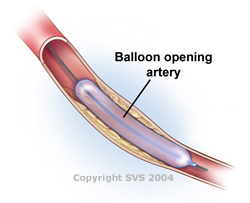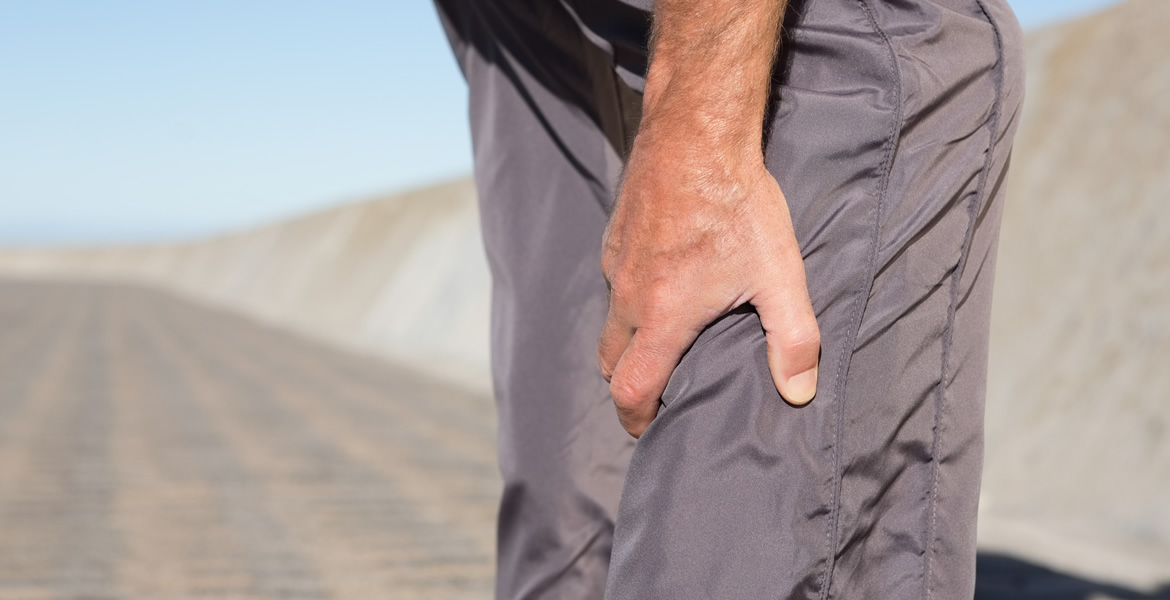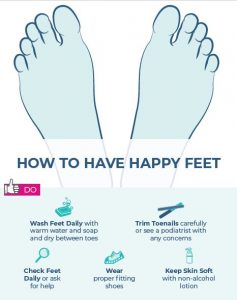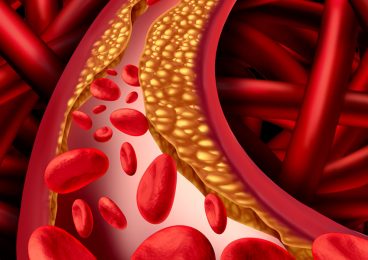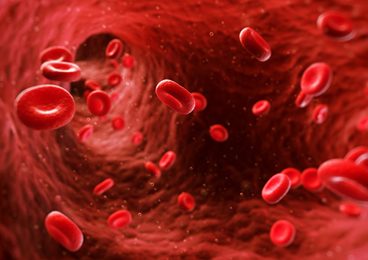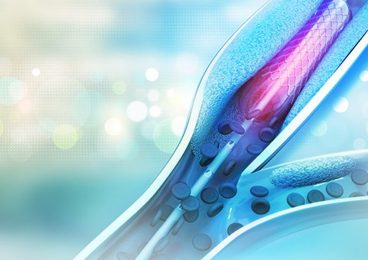
Mala circulacion
Síntomas
Poor circulation is when there is inadequate blood flow to certain areas of the body, in particular the legs and feet. This is called peripheral vascular disease or peripheral artery disease.
Your arteries deliver oxygen-rich blood from your heart to other parts of your body including your arms and legs. Healthy arteries are smooth and unobstructed, allowing blood to flow freely to the legs and provide oxygen, glucose, and other necessary nutrients to your legs. Typically with age, plaque, a sticky substance made up of fat and cholesterol, builds up in the arteries. Plaque narrows the passageway within the arteries and causes them to become stiff causing poor circulation in legs.
La mala circulación sanguínea en las piernas hace que se entregue menos oxígeno a todas las partes del cuerpo, lo que puede dificultar la capacidad del cuerpo para funcionar normalmente.
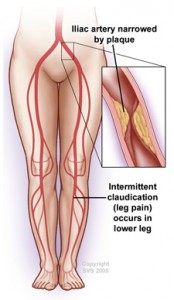
¿Quién está en riesgo?
There are many causes of poor circulation, including diabetes, high blood pressure and high cholesterol. Smokers are also at a high risk. Here are other risk factors.
- Años
- Género: los hombres son más propensos a la afección que las mujeres.
- Alta presión sanguínea
- Diabetes
- De fumar
- Colesterol alto
- Obesidad
- Falta de ejercicio
- Antecedentes familiares de problemas vasculares.
La mala circulación que no se trata puede convertirse en un trastorno grave y puede provocar amputaciones, accidentes cerebrovasculares y ataques cardíacos.
Hay muchas cosas que puede hacer para prevenir la mala circulación en las piernas. Además de seguir los consejos de su médico, puede hacer cambios en su estilo de vida que reducirán en gran medida sus factores de riesgo de mala circulación.
Dejar de fumar no solo mejora la circulación sanguínea, sino que también previene muchas otras enfermedades, incluida la diabetes. Ejercicio regular ? al menos 30 minutos al día? ayudará enormemente. Comer una dieta saludable con frutas y verduras también es importante para una buena salud y ayuda al cuerpo a funcionar normalmente.
Síntomas
There are many causes for leg pain, but one of the main reasons is poor circulation, which can lead to numerous health conditions or worsen those you already have. Here are other symptoms of poor circulation.
- Calambres dolorosos de los músculos de la cadera, el muslo o la pantorrilla después de la actividad (claudicación)
- Entumecimiento o debilidad en las piernas
- Frialdad en la parte inferior de la pierna o el pie, en comparación con otras partes del cuerpo
- Una herida o úlcera adolorida que no cicatriza bien en el dedo del pie, el pie o la pierna
- Cambio en el color de la piel o piel brillante en las piernas
- Caída del cabello o crecimiento más lento del cabello en los pies y las piernas.
- Crecimiento más lento de las uñas de los pies
- Sin pulso o pulso débil en las piernas o los pies
¿Qué pruebas se necesitan?
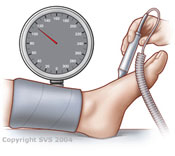
Índice tobillo-brazo (ABI)
Es posible que le hagan una prueba del índice tobillo-brazo (ABI, por sus siglas en inglés) para comparar la presión arterial en su tobillo y su brazo, que normalmente son iguales. Si la presión arterial en su tobillo es significativamente más baja, eso podría ser un signo de estrechamiento de las arterias de las piernas.
Ultrasonido Doppler
La ecografía se puede usar para determinar qué arterias están bloqueadas. A menudo, la angiografía se usa para encontrar la ubicación específica y el patrón de cualquier bloqueo. La angiografía ayuda a identificar específicamente la mejor manera de corregir la enfermedad aortoilíaca. Tanto la MRA como la CTA también son útiles para delinear la extensión de la enfermedad aortoilíaca.
Las pruebas se pueden hacer en el Laboratorio vascular PVA.
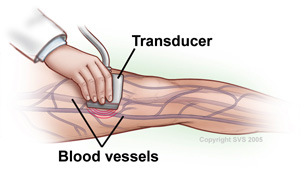
Cuidado de los pies
Foot care is especially important for those with poor circulation in legs or bad circulation in foot. Some ways to better care for your feet include:
Tratos
The first step is to see a doctor vascular surgery immediately if you have any of the risk factors or symptoms of poor circulation in legs. A simple, painless and noninvasive test called a duplex ultrasound can determine if you have bad circulation and the severity of the condition.
Based on the severity of your condition, a vascular specialist doctor will determine the best treatment option for you. This may include lifestyle changes, medications, minimally invasive cath lab procedures such as angioplastia o colocación de stent, que se puede realizar en un consultorio de PVA, o en una cirugía de derivación abierta.
At PVA, we are blood circulation experts. Each and every day, we focus our knowledge and expertise on improving circulation in feet and throughout the body to help our patients avoid amputation. Vascular surgeons are the only doctors treating blood circulation problems today who can perform all treatment options available including medical management, minimally invasive procedures and open surgical repair including bypass.
